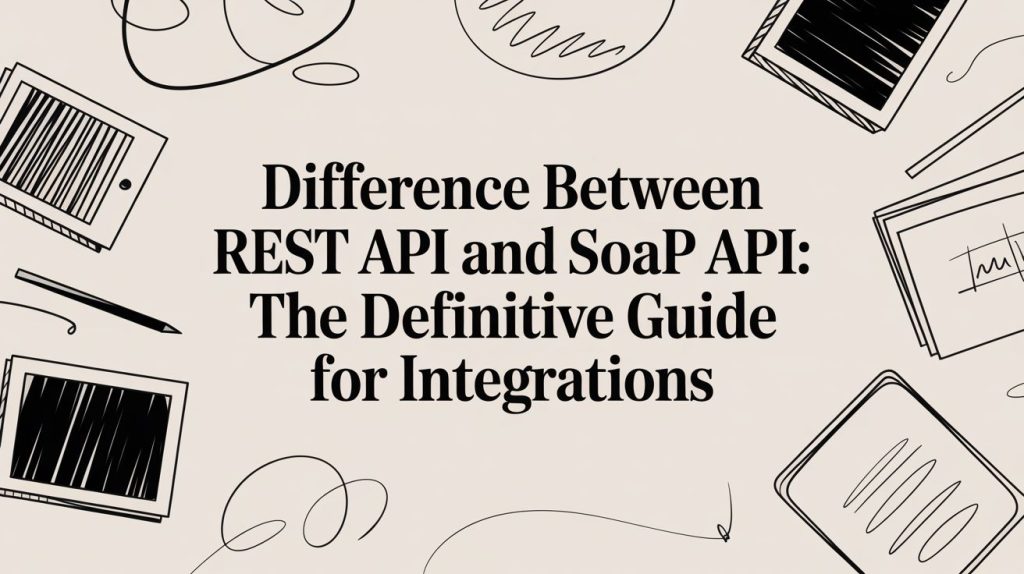
As a B2B software provider, you need reliable ways to win enterprise merchants, shorten delivery cycles, and reduce maintenance overhead. Therefore, one of the most strategic moves you can make is building BigCommerce integrations. By creating a stable integration with BigCommerce, you unlock new use cases across order management, shipping, repricing, marketplace sync, POS, and ERP workflows — without reinventing the plumbing for each client.
This guide explains what BigCommerce eCommerce integration is, where BigCommerce POS integration and BigCommerce ERP integration fit, how to approach BigCommerce marketplace integration, and how a unified approach can speed up development. Moreover, you will find a practical path to integration with BigCommerce using API2Cart.
What is BigCommerce API integration?
BigCommerce is a leading eCommerce platform used by thousands of merchants worldwide. Its REST APIs (V2 & V3) expose core resources—products, categories, customers, orders, coupons, price lists, and more—so your app can read, create, update, and sync store data. As a result, integration with BigCommerce lets SaaS vendors automate mission-critical workflows: import orders, push fulfillment and tracking, keep inventory consistent, update product catalogs, and manage pricing at scale.
For a deeper understanding of endpoints, authentication, rate limits, and payloads, you can check the official BigCommerce API Docs and the developer portal.
Why invest in integration with BigCommerce?
Integrating with BigCommerce brings many tangible business benefits. First, it provides access to a massive merchant base. Furthermore, native data synchronization helps expand your product’s value and deliver the functionality merchants expect. In addition, stable integrations reduce churn and support tickets, while standardized integration patterns enable faster scaling.
- Access a large merchant base. BigCommerce powers tens of thousands of stores across the US, UK, AU, CA, and beyond. Consequently, a single, reusable connector increases your total addressable market.
- Expand product value. Native data sync enables features customers expect: order import, stock sync, catalog updates, refund flows, and analytics.
- Reduce churn. Stable BigCommerce integrations prevent data gaps that cause manual work, errors, and support tickets.
- Scale faster. Standardized integration patterns speed onboarding for each new merchant.
Common integration paths
Depending on your product focus, you can develop several integration types that serve different business goals. Below are the most common ones.
BigCommerce POS integration
Connecting online catalogs and inventory with point-of-sale systems prevents overselling and unifies reporting. For example, you can push catalog data to POS, pull in-store sales as orders, sync on-hand quantities, and reconcile pricing across channels.
BigCommerce ERP integration
ERP connections tie store operations to financial, purchasing, and supply chain systems. Typically, your integration imports orders to ERP, allocates inventory, creates shipments, posts invoices or credit memos, and maintains product masters and price lists from the ERP source of truth. Therefore, merchants can operate efficiently across all departments.
BigCommerce marketplace integration
Many SaaS vendors also act as hubs that distribute BigCommerce catalogs and inventory to external marketplaces while collecting orders back. In this case, you need to map product attributes, normalize statuses, and keep stock in sync to prevent overselling. As a result, you enable seamless multi-channel commerce.
Key technical considerations
Before you start, it is essential to plan your technical approach carefully. The following aspects require attention and directly influence the integration’s reliability.
- API versions and objects. BigCommerce V3 covers modern catalog and price lists; however, some legacy areas still use V2. Plan your data model to handle both versions properly.
- Auth and scopes. OAuth apps require proper scopes and token refresh. In addition, you must securely store tokens and respect store-level permissions.
- Rate limits. Implement backoff, retries, and idempotency for safe replays, especially under heavy load.
- Webhooks. Whenever possible, subscribe to events (orders, products, inventory) to drive near real-time sync without excessive polling.
- Data normalization. Standardize statuses, tax behaviors, and variant structures if you integrate with multiple platforms.
Pitfalls that slow BigCommerce integrations
Even though BigCommerce provides robust APIs, integration can still be time-consuming. Below are the most common challenges developers face.
- Weeks of discovery to map endpoints and edge cases.
- Ongoing maintenance when APIs or store apps change.
- Data drift between systems without robust reconciliation.
- Duplicated engineering work for every new platform.
Faster path: use a unified API for BigCommerce and 60+ platforms
Instead of managing individual connectors, you can rely on API2Cart. It provides one unified API that covers BigCommerce integrations plus 60+ other shopping carts and marketplaces. Therefore, you connect once and use consistent methods to manage orders, products, customers, shipments, coupons, and more — while API2Cart handles cart-specific differences, version drift, and webhooks for you.

BigCommerce Integration via API2Cart
Connect once. Manage data across BigCommerce and 60+ platforms with ease.
What you can do via API2Cart
Using API2Cart, developers can automate all critical data flows. For instance, they can manage:
- Orders: order.list, order.info, order.add, order.update, order.shipment.add, order.shipment.tracking.add
- Products: product.list, product.info, product.add, product.update, product.child_item.list
- Customers & categories: customer.list, customer.update, category.list, category.update
- Cart & account: cart.create, cart.validate, account.cart.list, account.supported_platforms
For detailed examples and test calls, refer to the API2Cart API Docs.
Implementation checklist
To ensure success, follow these steps in sequence. They help maintain a predictable and scalable integration lifecycle.
- Define your scope: which flows are in version 1 (orders, inventory, products, pricing).
- Map data carefully: statuses, tax rules, variants, bundles, and custom fields.
- Plan synchronization: use webhooks first and polling as fallback, with safeguards and idempotency keys.
- Harden reliability: apply retries with jitter, pagination, rate-limit backoff, and dead-letter queues.
- Secure authentication: store tokens encrypted, rotate them on schedule, and apply least-privilege scopes.
- Monitor performance: track request success rates, webhook health, backlogs, and reconciliation jobs.
Conclusion
In summary, BigCommerce integrations help SaaS vendors deliver deeper value — across POS, ERP, and marketplace workflows — while expanding revenue and reducing manual effort. Moreover, instead of building and maintaining one-off connectors, you can use API2Cart to accelerate integration with BigCommerce and 60+ platforms through a single, unified API.
Start your 14-day free trial today and experience how fast BigCommerce eCommerce integration can be.
FAQs
It connects BigCommerce catalogs, prices, and inventory with point-of-sale systems. For example, typical flows include pushing product data to POS, importing in-store sales as online orders, and syncing stock levels in near real time to avoid overselling.
ERP acts as the source of truth for product, pricing, and fulfillment. Consequently, your app can import orders from BigCommerce, allocate inventory, create shipments, post invoices, and push updates back to keep the store consistent and up-to-date.
Yes. In fact, API2Cart lets you normalize product and order data across BigCommerce and marketplaces. As a result, you can distribute catalogs, keep inventory synced, and route marketplace orders back to BigCommerce or your OMS — without building separate connectors for each channel.



